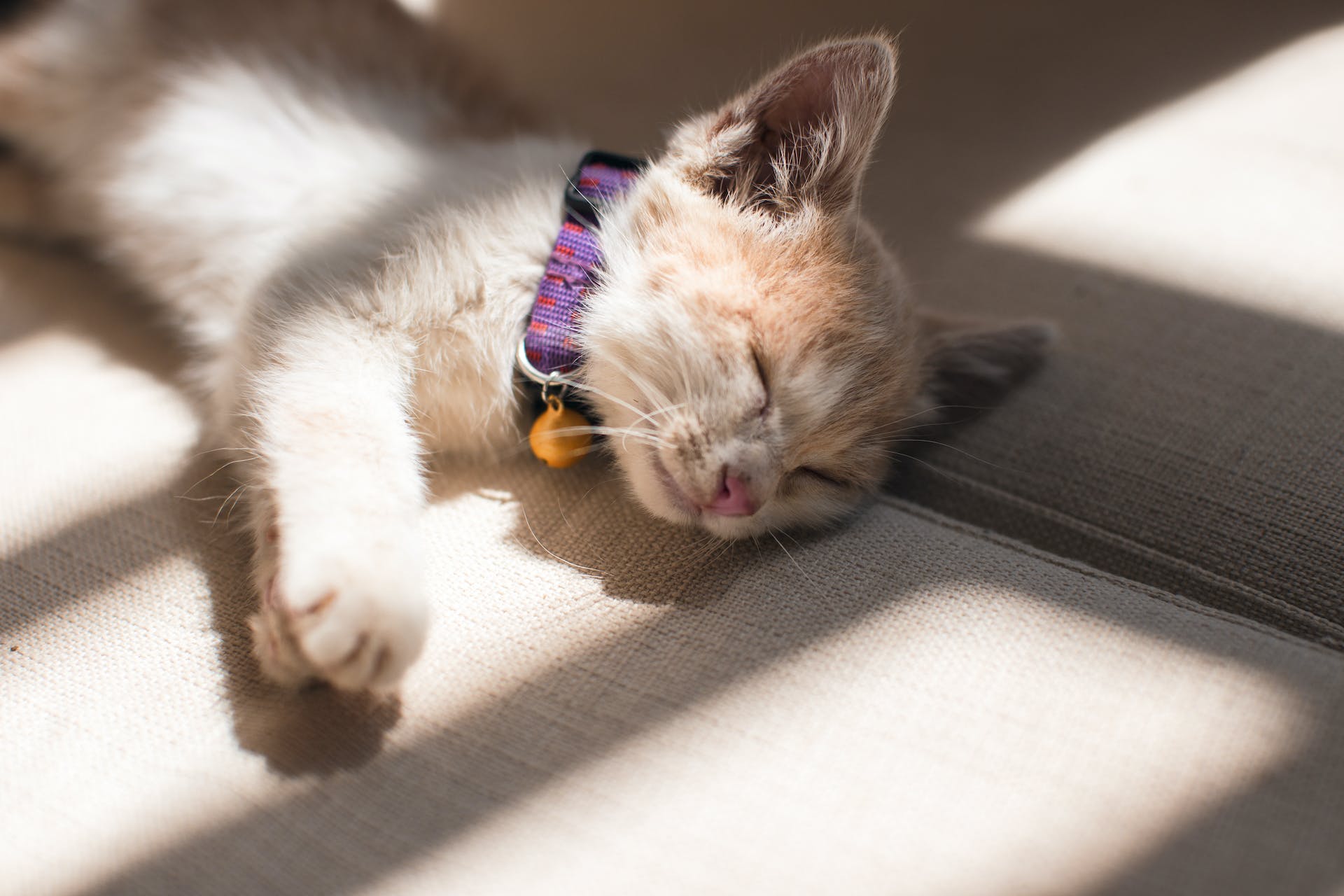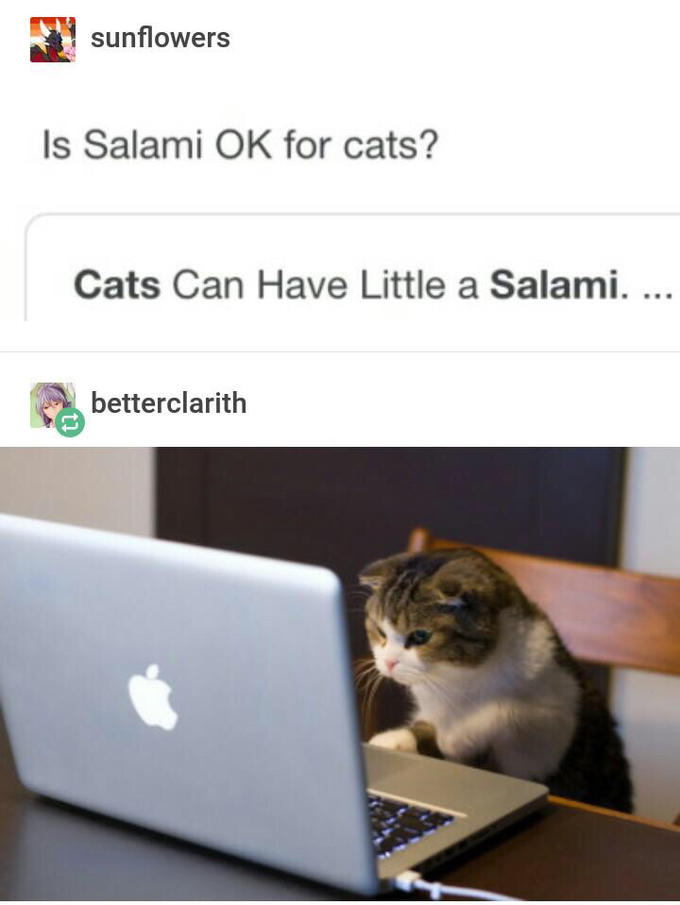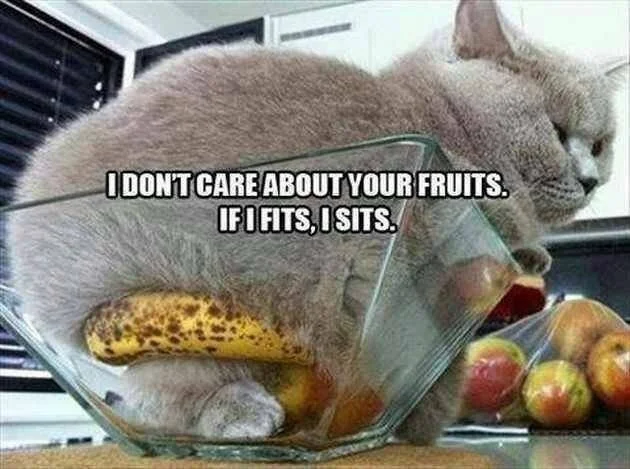The Science Behind Cat Memes: Can Your Cat Haz Cheezburgerz?
By Aastha Shreeharsh

Since the dawn of the internet, cats have taken over our explore pages in the form of funny video compilations, heartwarming videos and of course: memes. Meme culture has guaranteed that cats can gain the same amount of worship and reverence now as they did in ancient Egypt. Some of these memes raised trivial yet interesting questions:
Can Cats Have Cheeseburgers?

This may be a seemingly silly question with a seemingly obvious answer; however, it may surprise you to know that it can prove beneficial to occasionally feed your cat hamburgers. As carnivorous animals, cats can have a variety of meats — making plain hamburgers a safe and welcome treat for them [1]. Feeding your cats burgers comes with its own set of “terms and conditions” though.
Unfortunately, your cat cannot “haz cheezburgerz” (footnote 1) specifically. Contrary to popular belief that cats love milk, most adult cats are lactose intolerant [1] because they can no longer produce enough lactase to break down lactose after weaning. Therefore, it’s probably wise to skip the cheese and seasonings we add in our own hamburgers when you feed cats. Toppings such as onions and garlic can also harm their gastrointestinal tracts and damage red blood cells if consumed in large amounts. The oxidative compounds in onions can denature hemoglobin, causing anemia [1, 2].
…Or Maybe a Little Salami?

As per the meme, a cat may as well have typed this out and, technically, it wouldn’t be wrong. While cats can have a little bit of salami, it shouldn’t become the staple of their diet. As a processed meat with high sodium content, salami may exacerbate health risks and conditions relating to the heart and kidneys [1, 3]. As all uncooked meats do, salami too poses risks of Salmonella infection and trichinellosis (a disease caused by infection with Trichinella parasites). Kittens and pregnant cats should not be fed salami, as their immune systems are vulnerable to toxins and bacteria [3].
Are They Really Liquid Enough to “Sits” Where They “Fits”?

We often ponder over unusual, inconsequential ideas and their meanings. Often, scientists are among those people pondering these questions. If you have ever wondered whether cats are truly liquid as you see yet another cat weasel its way into narrow crevices and hilariously small containers, you’re in luck. Researcher Marc-Antoine Fardin is one such scientist, who was awarded the Ig Nobel Prize in Physics (footnote 2) for answering this absurd question. Using rheology, the study of deformations and flows of matter, he found that, under certain conditions, cats may fit the definition of a liquid [4].
To determine the state of a material over a given time frame, rheologists look at the relationship between two time periods: the relaxation time and the experimental time. Aptly named, the relaxation time is the time taken by a material to modify its form to fit in a container; in this case, it would be the time taken by a cat to “fits” where it “sits”. Experimental time refers to the time elapsed since the deformation is observed; in this case, this could be the time the cat is observed since it first puts its paws in to “sits” in the fruit bowl. Finally, rheologists look at the ratio between the relaxation time and the experimental time — the Deborah number De:
 (where tc is the relaxation time and tp is the experimental time)
(where tc is the relaxation time and tp is the experimental time)
When the Deborah number is less than 1, i.e. tp > tc, the material is considered relatively liquid. If you think carefully, by this definition, whether a material is perceived to be liquid or solid all depends on whether you observe it long enough for the deformation to take place. As Fardin puts it, “If you take a time-lapse of a glacier on several years you will unmistakably see it flow down the mountain [5].” Similarly, a waterfall can also appear “frozen” in a photo taken by a high speed camera. “For cats, the same principle holds,” Fardin remarked. “If you are observing a cat on a time longer than its relaxation time, it will be soft and adapt to its container, like a liquid would [5].”
Why Is Grumpy Cat So Grumpy?

Signalling the end of the weekend, Mondays typically serve as the herald of yet another week filled with classes, tests, and assignments galore; which is why this cat’s displeasure towards Monday seems relatable to us rather than unusual. However, if you were to look up Grumpy Cat memes on the internet, you’d very quickly see what earned her this nickname. With her piercing blue eyes forever narrowed in bemusement and a permanent scowl marring her face, Tardar Sauce, the star of the infamous Grumpy Cat meme, rose to fame as the poster child of grumpiness.
Contrary to popular belief, Grumpy Cat’s surly expression is not caused by a morose disposition; rather, it is the direct result of an underbite due to a type of feline dwarfism known as achondroplasia [6]. Mutations in the UDP-glucose 6-dehydrogenase (UGDH) gene were suggested to cause this genetic disease [7, 8], leading to abnormal bone and cartilage development. This condition was speculated to have an autosomal dominant mode of inheritance. Homozygous mutants were not observed, likely because of its lethality at an early embryonic stage [7–9]. Although the resultant physical deformities may seem cute to us, they are also associated with spinal and degenerative joint problems [9], and a shortened lifespan [6]; yet breeders continue to breed cats afflicted with feline dwarfism to meet the high demand for unique-looking cats. Take this article as a sign: Adopt, don’t shop!
1 Editor’s note: The phrase “haz cheezburgerz” comes from LOLspeak – the vernacular associated with the LOLcats Internet memes that first became popular in 2007 [10]. LOLspeak embodies what made the LOLcats memes so popular – intentionally misspelled words that phonetically resemble the grammatically correct word (“cheezburger” for cheeseburger) and “purr-fect” puns that play on the fact that a cat is supposedly saying these phrases.
2 Ig Nobel Prize: An award that celebrates scientific research that “first makes people laugh, then think.”
References
[1] Belvoir Media Group, Cornell University College of Veterinary Medicine Feline Health Center. Feeding Human Foods: The Facts. CatWatch. https://www.catwatchnewsletter.com/food/feeding-human-foods-the-facts/.
[2] Yuyama M. Oxidative Compounds in Onion (Allium cepa L. Onion). Isolation and Demonstration of Their Oxidative Damage to Erythrocytes. Japanese Journal of Veterinary Research. 1989;37(2):144. https://eprints.lib.hokudai.ac.jp/dspace/bitstream/2115/3186/1/KJ00002377289.pdf
[3] Lesser J. Can Cats Eat Salami? The Spruce Pets. https://www.thesprucepets.com/can-cats-eat-salami-4798669#:~:text=And%20while%20chicken%2C%20beef%2C%20and,safe%20to%20offer%20your%20cat.
[4] Fardin MA. Answering the question that won me the Ig Nobel prize: Are cats liquid? The Conversation. https://theconversation.com/answering-the-question-that-won-me-the-ig-nobel-prize-are-cats-liquid-86589
[5] Devlin H. Solid and liquid cats, didgeridoos and cheese disgust scoop Ig Nobel awards. The Guardian. https://www.theguardian.com/science/2017/sep/15/solid-and-liquid-cats-didgeridoos-and-cheese-disgust-scoop-ig-nobel-awards
[6] Metych M. Dwarfism in Cats: It’s Only Cute ‘til Someone Gets Hurt. Encyclopaedia Britannica. https://www.britannica.com/story/the-fermi-paradox-where-are-all-the-aliens
[7] Struck AK, Braun M, Detering KA, et al. A structural UGDH variant associated with standard Munchkin cats. BMC Genetics. 2020;21(1):67. doi:10.1186/s12863-020-00875-x
[8] Anderson LM, Fox DB, Chesney KL, Coates JR, Torres BT, Lyons LA. Skeletal Manifestations of Heritable Disproportionate Dwarfism in Cats as Determined by Radiography and Magnetic Resonance Imaging. Veterinary and Comparative Orthopaedics and Traumatology. 2021;34(5):327-337. doi:10.1055/s-0041-1730355
[9] British Small Animal Veterinary Association. Cat Breeds – Trophies With Hidden Problems? Journal of Small Animal Practice. 2008;49(10):7-9. doi.org/10.1111/j.1748-5827.2008.00680.x
[10] Gawne L, Vaughan J. I can haz language play: The construction of language and identity in LOLspeak. Proceedings of the 42nd Australian Linguistic Society Conference – 2011. 2012;97-122.